Sustainable tourism is a type of tourism that aims to minimize the negative impact of tourism on the environment and local communities. This activity is sometimes also referred to as responsible tourism or eco-tourism.
In this article, I will share with you some of the best sustainable tourism examples around the world. I hope these examples will inspire you to travel more consciously and make a positive difference in the world.
What Is Sustainable Tourism?
Traveling sustainably means being mindful of the impact of your actions on the environment, the culture, and the people of the places you visit. It means minimizing harm and maximizing the benefits of tourism for both the travelers and the hosts. It is not just about protecting nature, but also about improving the well-being of the local communities.
Unlike mass tourism, which often harms the environment and society, sustainable tourism promotes low-carbon travel, which reduces greenhouse gas emissions and dependence on fossil fuels. It also encourages responsible consumption and waste management, which conserve natural resources and prevent pollution.
Furthermore, sustainable tourism supports local communities by creating jobs, improving livelihoods, and preserving cultural heritage. It fosters mutual understanding and respect between tourists and locals and creates a positive image of the destination.
Types Of Sustainable Tourism
Sustainable tourism can take many forms, depending on the interests and preferences of the tourists. Here are some examples of how you can enjoy sustainable tourism:
Cultural tourism
You can immerse yourself in the history, culture, and traditions of the host communities by opting for cultural tourism. This will not only help you to appreciate and celebrate the cultural diversity and heritage of the world but also provide economic and social benefits to the local people.
Community Tourism
Another way to enjoy sustainable tourism is to choose community tourism, which will allow you to have authentic and meaningful interactions with the local people. You will be able to stay with or visit local communities that offer their hospitality and services to tourists. This will also enable you to improve the livelihoods of the local people while fostering mutual respect and understanding between tourists and locals.
Adventure tourism
For those who are looking for outdoor activities, adventure tourism is a great option. You will be able to engage in activities such as kayaking, climbing, biking, etc. that will stimulate your excitement. You will also be exposed to the natural beauty and wonders of the destination.
Wellness tourism
If you need to relax your body and mind, you can try wellness tourism to enhance your health and well-being. You will also be able to connect with the spiritual and holistic aspects of the destination.
Educational tourism
Finally, you can participate in educational tourism if you want to acquire new skills or knowledge from the destination. You will have opportunities to learn things such as language, cooking, photography, etc. from the local experts or instructors. You will also be able to enrich your personal and professional development while broadening your horizons and perspectives.
Sustainable Tourism Examples
Slovenia
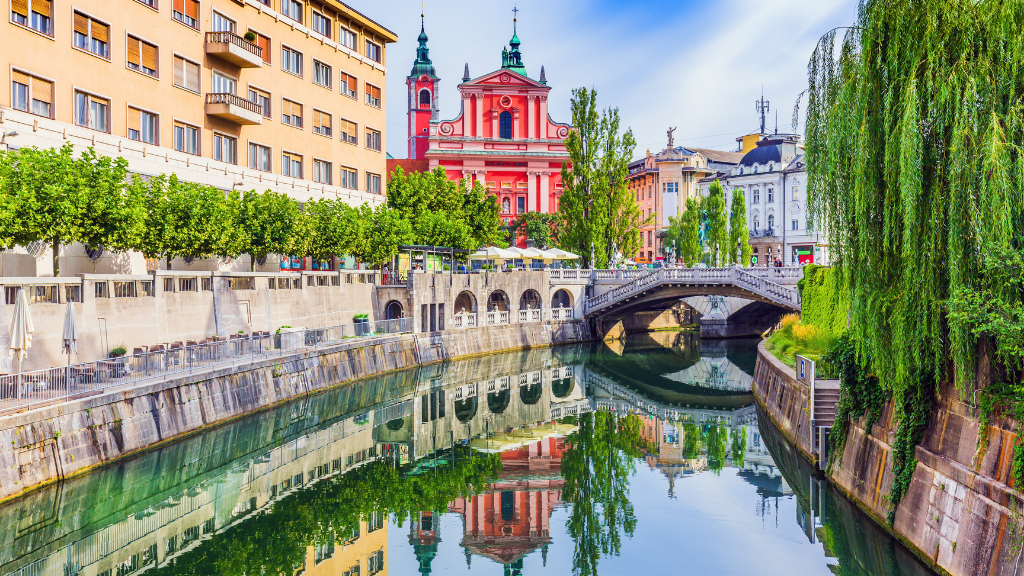
Slovenia is a small country in Central Europe that has emerged as one of the best examples of sustainable tourism. It was one of the first countries to develop sustainability tools and certification programs at the national level. In 2016, its capital, Ljubljana, was voted Europe’s greenest city by the European Union, thanks to its public transport, pedestrian and cycling infrastructure, and commitment to protecting green areas and saving wastewater.
Slovenia also boasts a variety of natural attractions as well as a rich cultural heritage and gastronomy. Slovenia offers many opportunities for eco-friendly activities, such as hiking, biking, rafting, skiing, or exploring its charming villages and castles.
Iceland
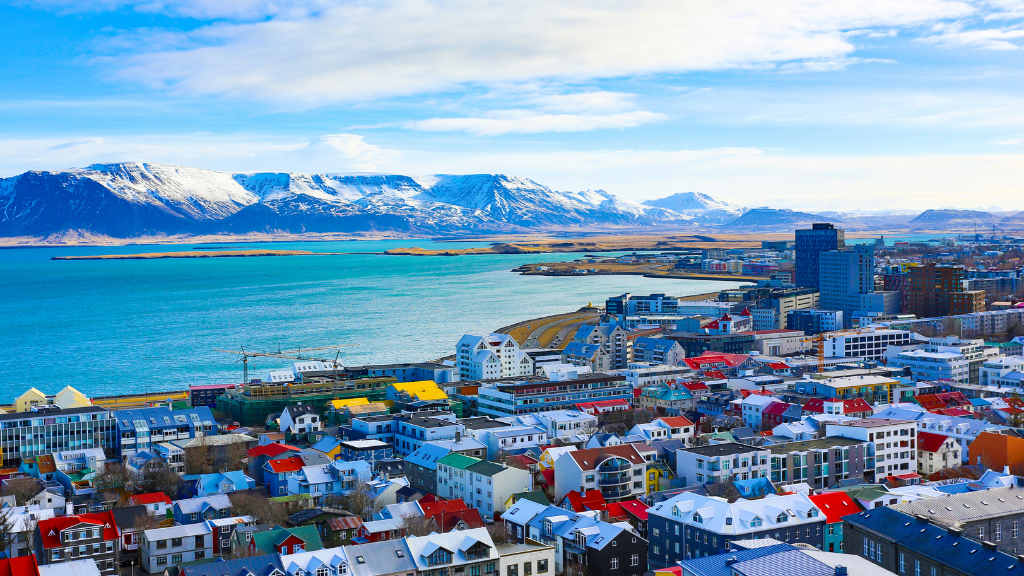
Iceland is another European country that has made sustainability a priority in its tourism development. This country is famous for its stunning natural wonders, such as geysers, volcanoes, glaciers, waterfalls, and hot springs. It also uses renewable energy sources, making it one of the most carbon-neutral countries in the world. Iceland has also implemented measures to preserve its ecosystems such as limiting access to certain areas, imposing fees for visitors, and educating tourists about responsible behavior. Iceland also offers many eco-tourism options, such as whale watching, horse riding, or visiting sustainable farms.
Bhutan

Bhutan, a small Himalayan kingdom, has adopted a unique approach to sustainable tourism. The country measures its progress not by gross domestic product (GDP), but by gross national happiness (GNH). Bhutan also follows a policy of “high value, low impact” tourism, which means that it limits the number of tourists and charges them a daily fee that covers accommodation, food, transport, guide services, and a contribution to a development fund. This way, Bhutan ensures that tourism benefits both the visitors and the locals while minimizing its impact on the environment.
Vietnam
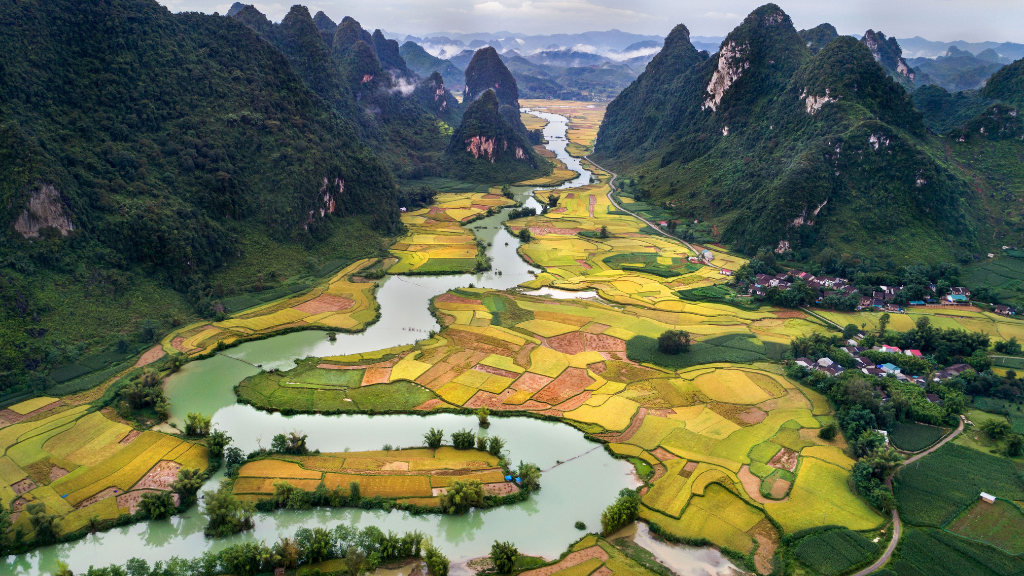
Vietnam is a rising star in sustainable tourism, with a fast-growing economy and a vibrant culture. The country promotes initiatives such as ecotourism, community-based tourism, and cultural tourism to preserve its natural beauty, local traditions, and social equity. Sustainable tourism experiences in Vietnam include visiting nature reserves that shelter endangered species, staying in authentic homestays, and joining colorful cultural festivals.
Kenya
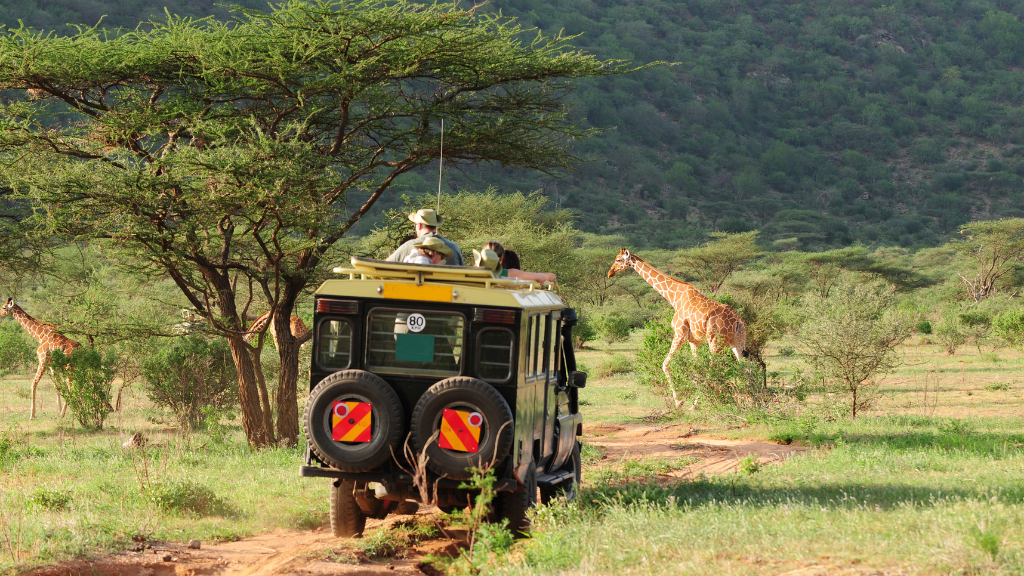
Kenya is famous for its wildlife and safari tourism, featuring iconic and endangered animals. The country is a trailblazer in sustainable tourism in Africa, with initiatives that conserve wildlife habitats, protect the environment, and empower local communities. Sustainable tourism activities include supporting community-based conservancies, staying in eco-lodges, and volunteering in wildlife conservation projects.
Morocco
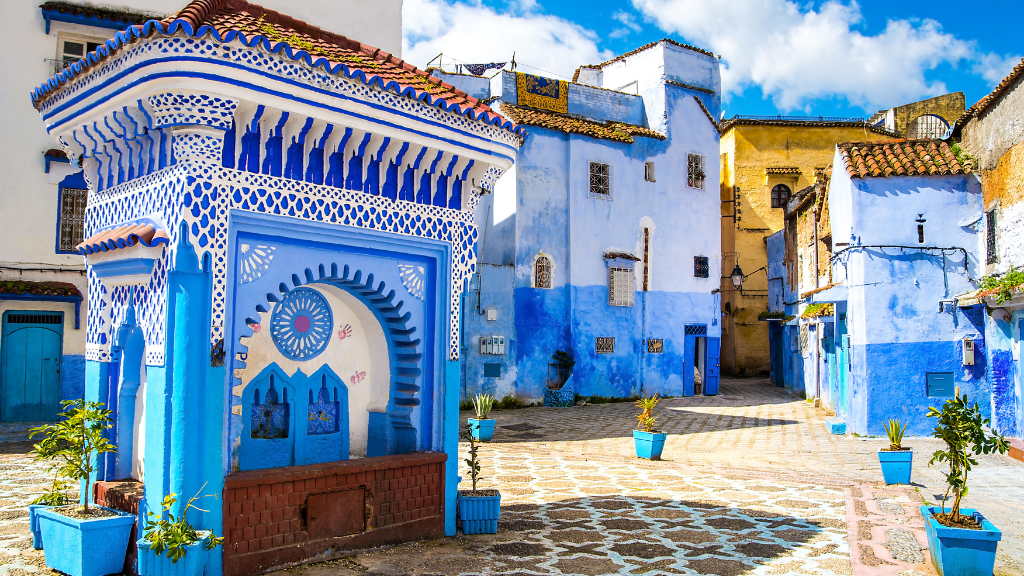
Morocco is a cultural melting pot, influenced by Arab, Berber, African, and European civilizations. It offers a wide range of landscapes, from the Atlas Mountains to the Sahara Desert.
Morocco has made significant progress in developing sustainable tourism, focusing on preserving its cultural identity, promoting social inclusion, and reducing environmental impact. Sustainable tourism experiences in Morocco include exploring historic walled cities (medinas), taking culturally sensitive desert tours (with local guides), and learning about argan oil production (a traditional activity that empowers women and protects trees).
Why Sustainable Tourism Is Important?
Eco-tourism has many benefits for both nature and humans, such as:
- Raising awareness and appreciation of nature: Eco-tourism can help tourists and locals learn more about the beauty, diversity, and value of nature, and inspire them to care for it. By seeing nature up close, they can develop a deeper connection and respect for it.
- Generating income and funding for conservation: Eco-tourism can create economic opportunities and incentives for local communities and governments to preserve and manage their natural resources. By charging fees, donations, or taxes, eco-tourism can generate revenue that can be used to support conservation projects and initiatives, such as restoring habitats, protecting endangered species, or enforcing environmental laws.
- Contributing to scientific research and monitoring: Eco-tourism can also provide useful data and information for scientists and managers who study and monitor the natural environment. By collecting samples, observations, or feedback from tourists and locals, eco-tourism can help them understand the status, trends, and impacts of nature, and inform their decisions and policies.
- Empowering local communities: Eco-tourism can also empower local communities by involving them in the planning, implementation, and evaluation of eco-tourism activities. By giving them a voice and a stake in eco-tourism, they can enhance their skills, knowledge, and capacities to manage their natural resources sustainably. They can also benefit from improved livelihoods, infrastructure, and services that eco-tourism can bring.
- Promoting cultural exchange and understanding: Eco-tourism can also foster peace and harmony between tourists and locals by facilitating cultural exchange and understanding. By interacting with each other, they can learn about each other’s values, beliefs, traditions, and lifestyles, and appreciate their similarities and differences.
How To Travel Sustainably?
Traveling sustainably is not as hard as you might think. There are many simple ways to reduce your environmental footprint and social impact when you travel as we have discussed in the previous blog. Here’s a quick re-cap:
Choose your destination wisely
Research before you go and avoid places that are suffering from over-tourism or environmental degradation. Instead, opt for places that are committed to sustainable tourism development and practices.
Avoid flying if possible
Avoid flying if you can, as air travel is one of the biggest sources of carbon emissions in tourism. Instead, use public transport or low-emission vehicles whenever possible. If you have to fly, choose direct flights over connecting flights, as take-offs and landings consume more fuel. You can also offset your carbon footprint by supporting projects that reduce greenhouse gas emissions or sequester carbon.
Pack light
Pack with the intention of a short trip. Don’t bring everything along, as it will make your transportation harder and your packing and unpacking more complicated. Instead, opt for a capsule and bring only small portions of your hygiene products. This way, you can travel light and hassle-free.
Eat like a local
One of the best ways to experience the culture of a place is to try its cuisine. You can cook your own meals while traveling, which is a great way to support local businesses by buying their products. If you can, use more vegetables in your dishes, as they have the lowest carbon footprint among food categories.
Shop with a purpose
What you bring back from your trip matters just as much as what you bring to it. When you visit a new place, everything may look tempting and you may want to buy it for yourself or as a gift. But before you do, ask yourself a few questions. Do I really need this? Will I use it or cherish it? Does it reflect the culture and identity of the place I visited? Remember, saving money while traveling is also a way to save the planet!
Conclusion
As you can see, there are many examples of sustainable tourism around the world that you can choose from for your next travel adventure. Sustainable tourism is not only good for the planet but also for you as a traveler. You will have more meaningful and memorable experiences, learn more about different cultures and environments, and make a positive difference in the places you visit. So what are you waiting for? Start planning your sustainable travel today!









